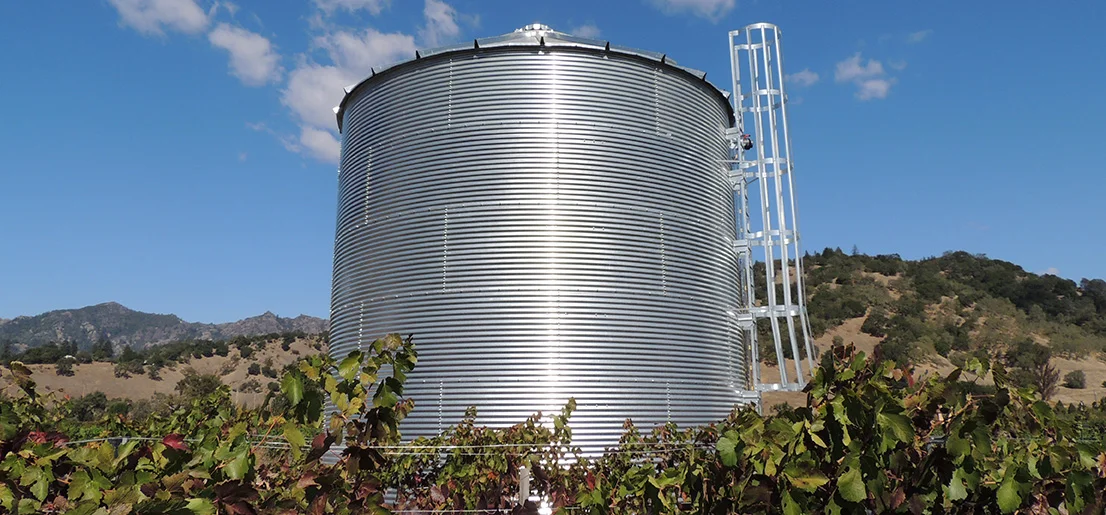Well water storage tanks play a crucial role in ensuring a reliable and sustainable water supply for homes and businesses. Whether you’re in a rural area without access to municipal water or simply prefer the quality and taste of well water, installing a storage tank can provide you with peace of mind and independence. You can find a detailed guide on installing a well water storage tank on The Pinnacle List website.
Types of Well Water Storage Tanks
When it comes to Well Water Storage, there are two primary types to consider: above-ground tanks and underground tanks. Above-ground tanks are typically installed outside, either on a platform or stand, while underground tanks are buried beneath the ground.
Benefits of Well Water Storage Tanks
The advantages of having a well water storage tank are numerous. Not only does it provide a consistent supply of water, but it also allows you to store water for times of high demand or emergencies. Additionally, well water often tastes better and is free from the additives commonly found in municipal water supplies.
Factors to Consider Before Installation
Before installing a well water storage tank, several factors need to be taken into account. These include the size and capacity of the tank, the material it’s made from, and the location where it will be installed. It’s essential to choose a tank that meets your specific needs and complies with local regulations.
Steps for Installation
Installing a well water storage tank requires careful planning and execution. The process typically involves site preparation, tank placement, connecting it to the well system, and installing any necessary accessories such as pumps and pressure switches. Each step must be carried out correctly to ensure the system functions efficiently.
Maintenance Tips
To keep your well water storage tank in optimal condition, regular maintenance is key. This includes conducting routine inspections, cleaning and sanitizing the tank, and monitoring water quality for any signs of contamination or impurities. By staying proactive, you can prevent potential issues and ensure the longevity of your system.
Troubleshooting Common Issues
Despite proper maintenance, issues with well water storage tanks can still arise. Common problems include low water pressure, pump failure, and concerns about water quality. Knowing how to troubleshoot these issues can help you address them promptly and minimize disruption to your water supply.
Environmental Considerations and Regulations
When installing a well water storage tank, it’s essential to consider the environmental impact and comply with relevant regulations. This includes proper disposal of wastewater, preventing contamination of groundwater sources, and adhering to zoning and land use regulations.
Conclusion
Well water storage tanks offer a reliable and sustainable solution for accessing clean water in areas without access to municipal supplies. By understanding the installation process, maintenance requirements, and potential challenges, you can ensure the long-term functionality and efficiency of your system.

